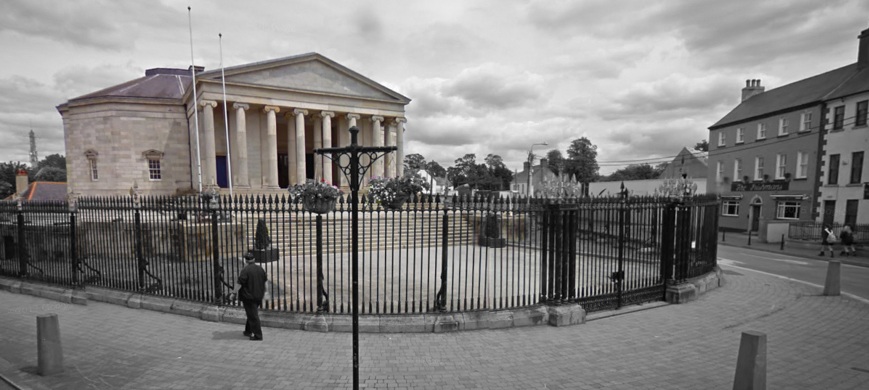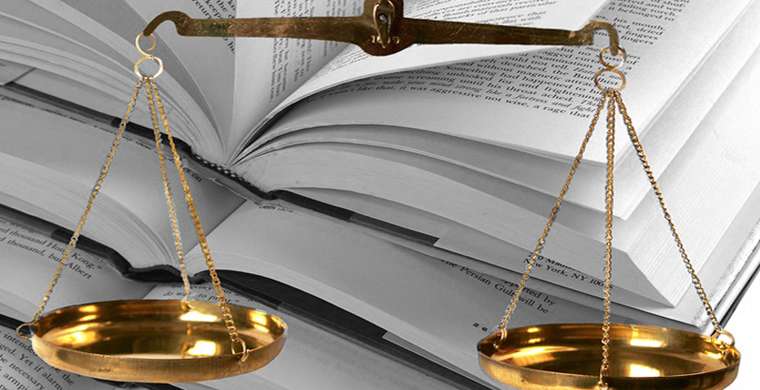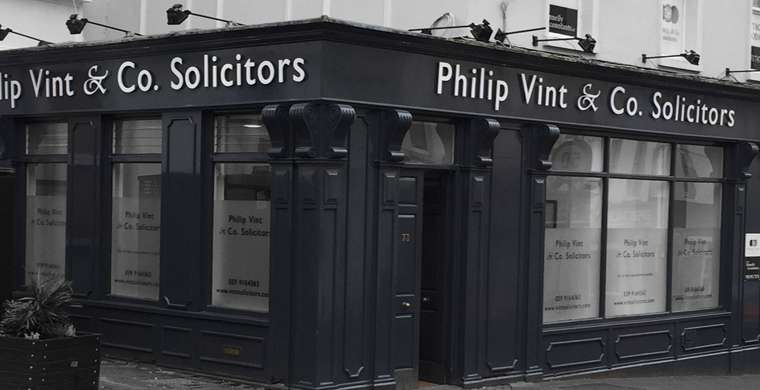I have previously written articles entitled ‘Injuries board assessments; unravelling the mystery’ and ‘Accident cases in court; the procedure in simple terms’. The purpose of this blog is to give an idea of what can be expected in going to trial when you have an accident case in the circuit court or high court in Ireland.
You would usually meet your solicitor and barrister in the court building on the morning of your hearing when your case goes to trial and will use the opportunity to run through any further matters. A callover of all cases will then take place. This is often at 10.30am, but depends on the venue. It involves the court clerk calling out each matter in order on the court list and the barristers for each case indicating whether it has settled or requesting an adjournment or stating it is going on. If it is going on, then the barristers will often give a time estimate. If adjournment applications are not by consent, they might be heard directly after the callover. Sometimes, especially in the high court, time estimates given can be for a number of days. If you have cases ahead of yours with lengthy time estimates, you will have some uncertainty as to whether your case will be heard at all on that day. Quite often twenty cases might appear in the same list for hearing on the same day. Different conventions apply at different venues, but for example in the high court in Dublin, cases not reached on that day are moved into the following day, but if not started in that week are adjourned and will need a new trial date. Sometimes legal teams will use the waiting time to explore the possibility of settling a case. If a case ahead of you settles, it will be removed from the list and your chance of getting on then improves.
Once the case before yours concludes, you case will then be called to go ahead. The barristers will often introduce the case and then you are generally called as the first witness. You will go to the witness box and will be sworn in. The judge can simply be addressed as ‘Judge’. Your barrister will only be allowed to ask you questions for evidence in chief. This means he cannot ask you leading questions or put words into your mouth. His questions might simply start off with a ‘What/Where/When/Who?’ etc. This is your opportunity to say what happened and give your evidence. Once he has finished, the defendant’s barrister will have his chance to cross examine you. This will involve searching questions and is designed to test your evidence. Once you have finished answering all questions, you are excused from the witness box and can return to your seat in the court. The same process then takes place with all remaining witnesses for the plaintiff ie evidence in chief and then cross examination. In a road traffic accident case it would not be unusual to call an investigating guard, an engineer, and any independent eyewitnesses. An actuary might be called in cases where a claim is made for future losses particularly in the high court. Medical reports might be agreed to be entered as evidence, but if they are not then the medical professionals will also be called. Once all of the plaintiff witnesses have been heard, then the defendant takes his turn and the process happens in reverse ie the defendant barrister takes the defendant through his evidence in chief and the latter is then cross examined by the plaintiff barrister. The defendant witnesses each take their turn, again with evidence in chief and cross examination.
Once all evidence has been given and any submissions have been made, the judge will give a judgement. This will normally consist of an analysis of the evidence and a final order in favour of either the plaintiff or defendant (or defendants). In some situations, a judge might reserve judgement and deliver it on another day. In most cases the winning party will also be awarded their party and party costs.
This article is for information only and does not provide legal advice. If legal advice is required then please contact us at info@vintsolicitors.com
© Philip Vint & Co solicitors 2018


